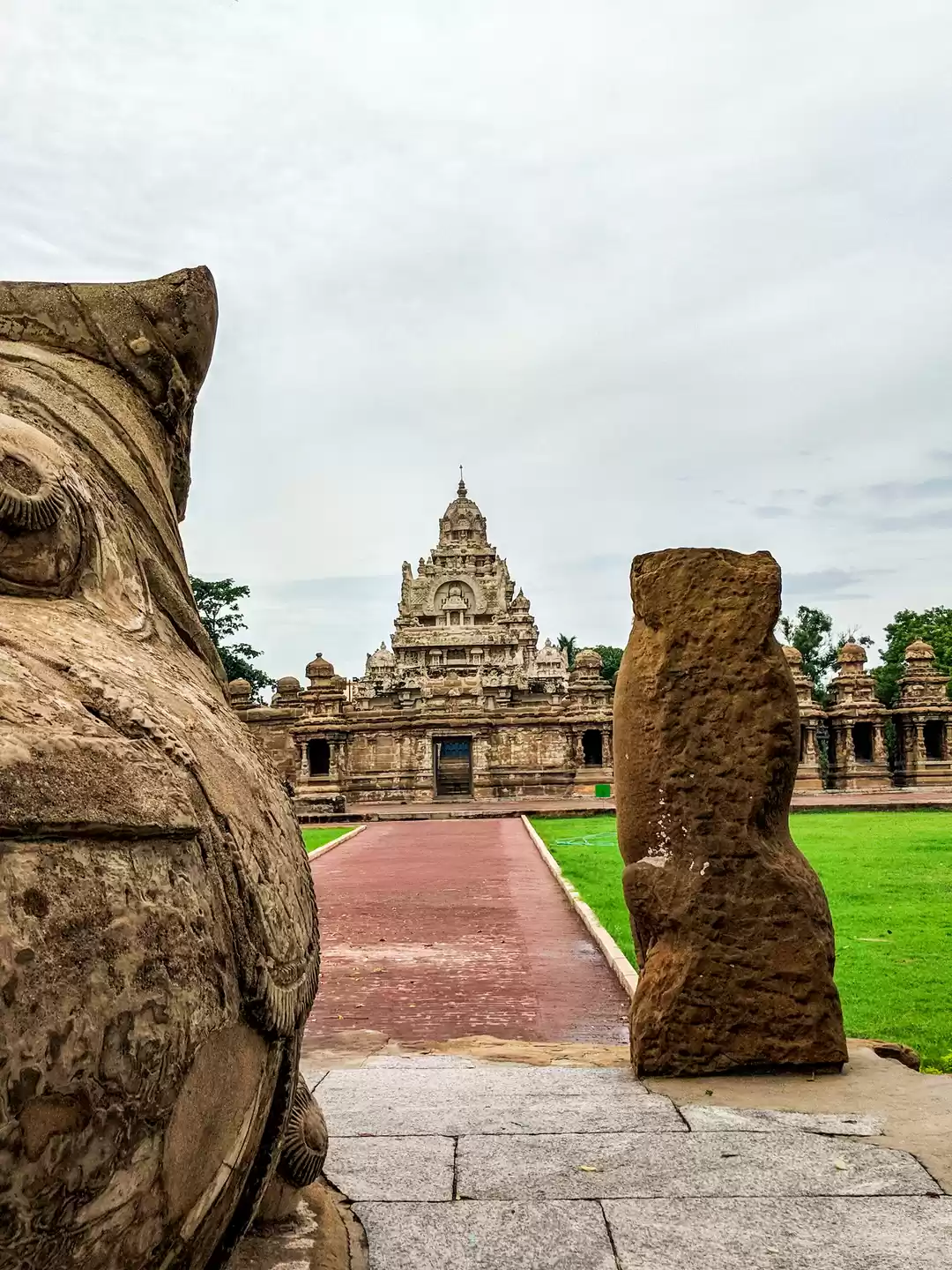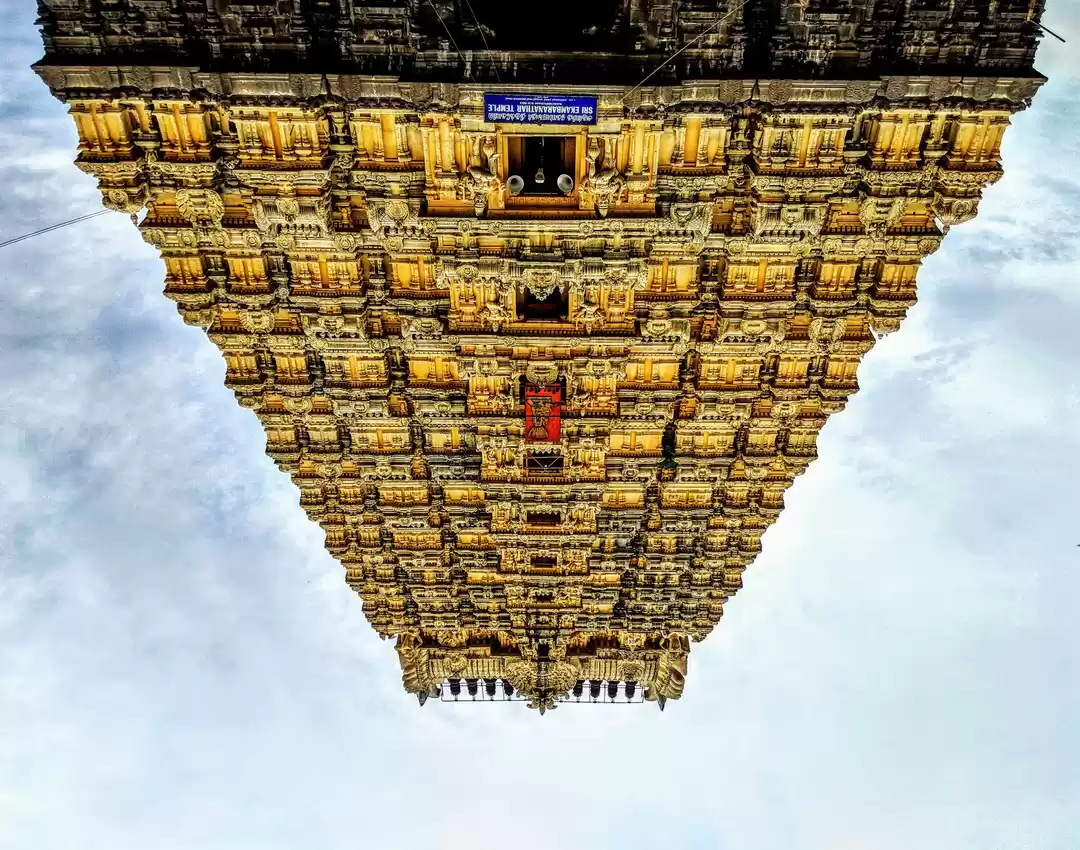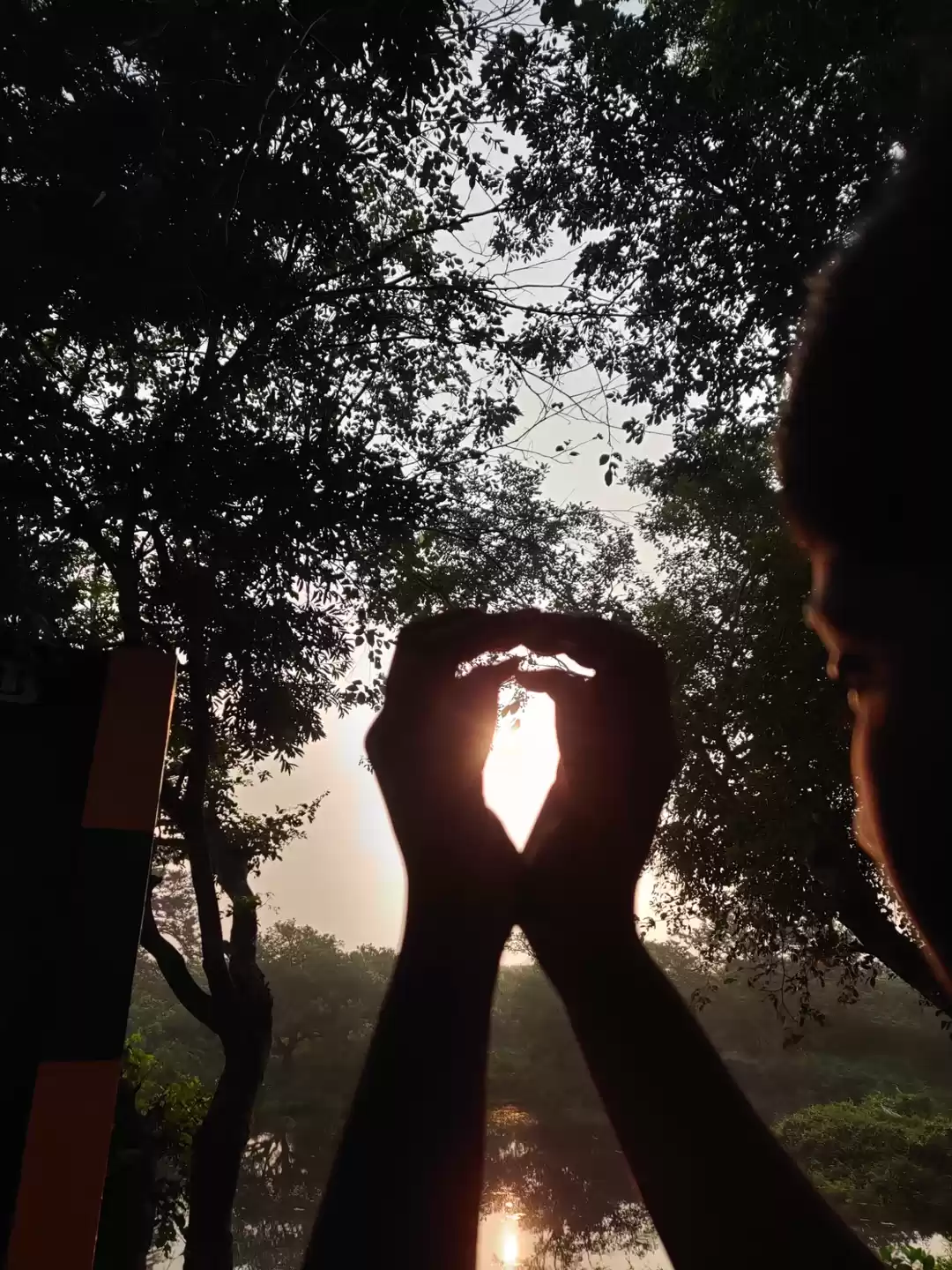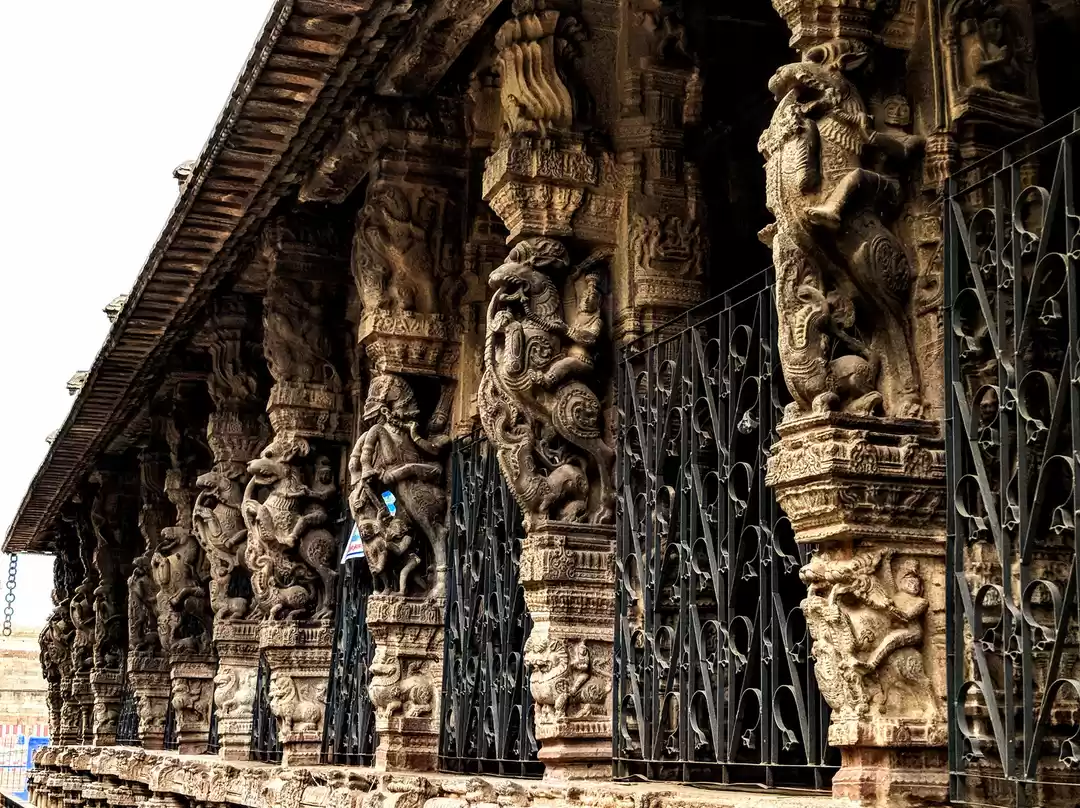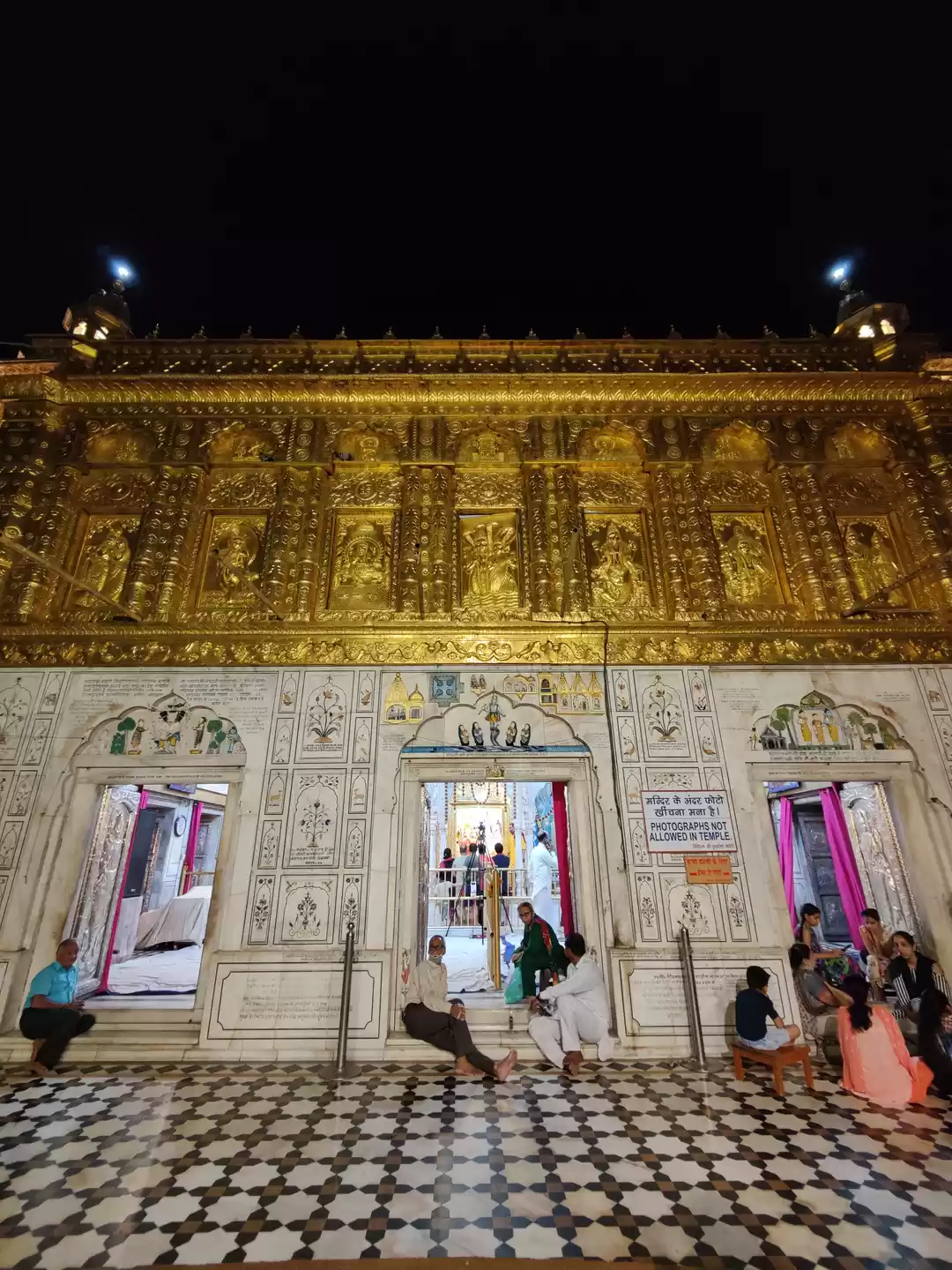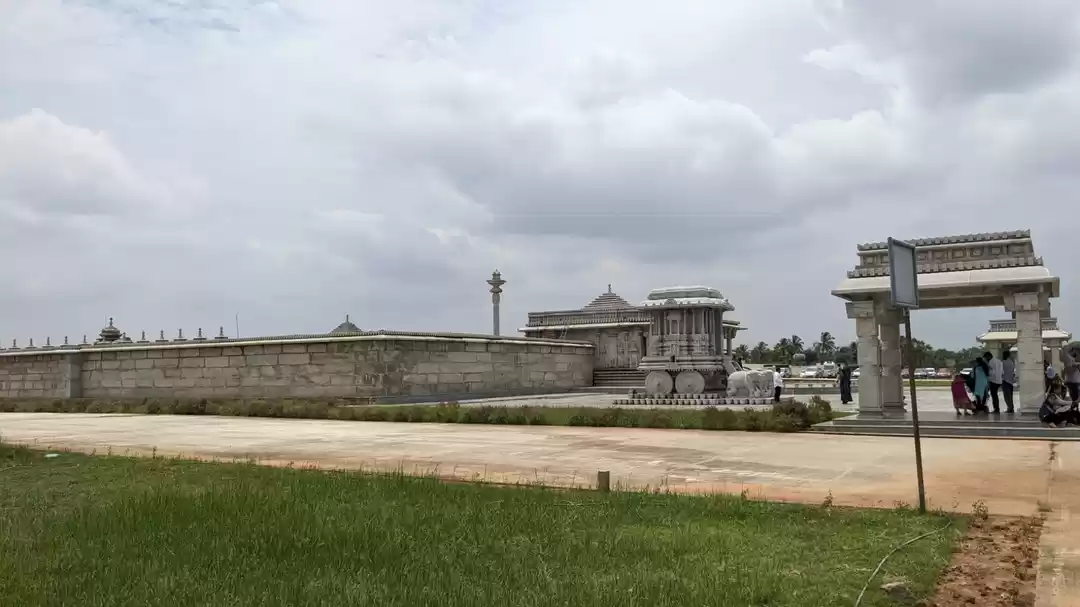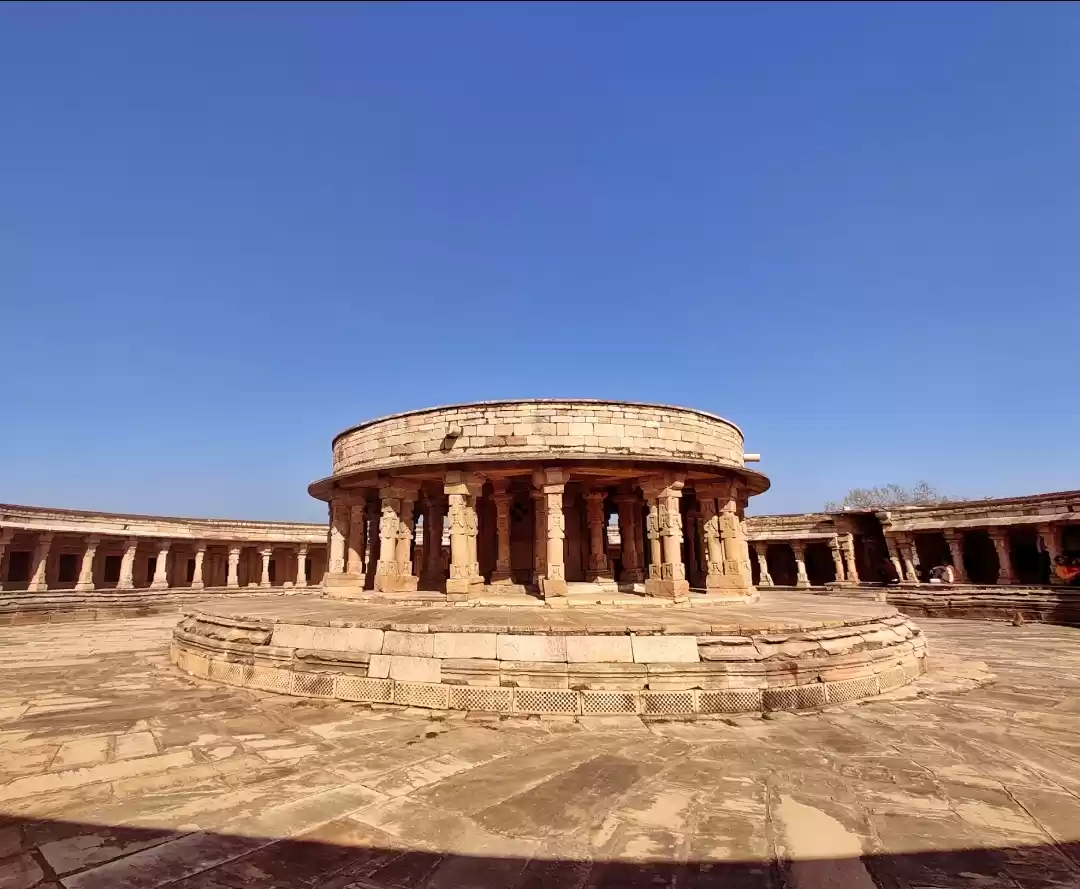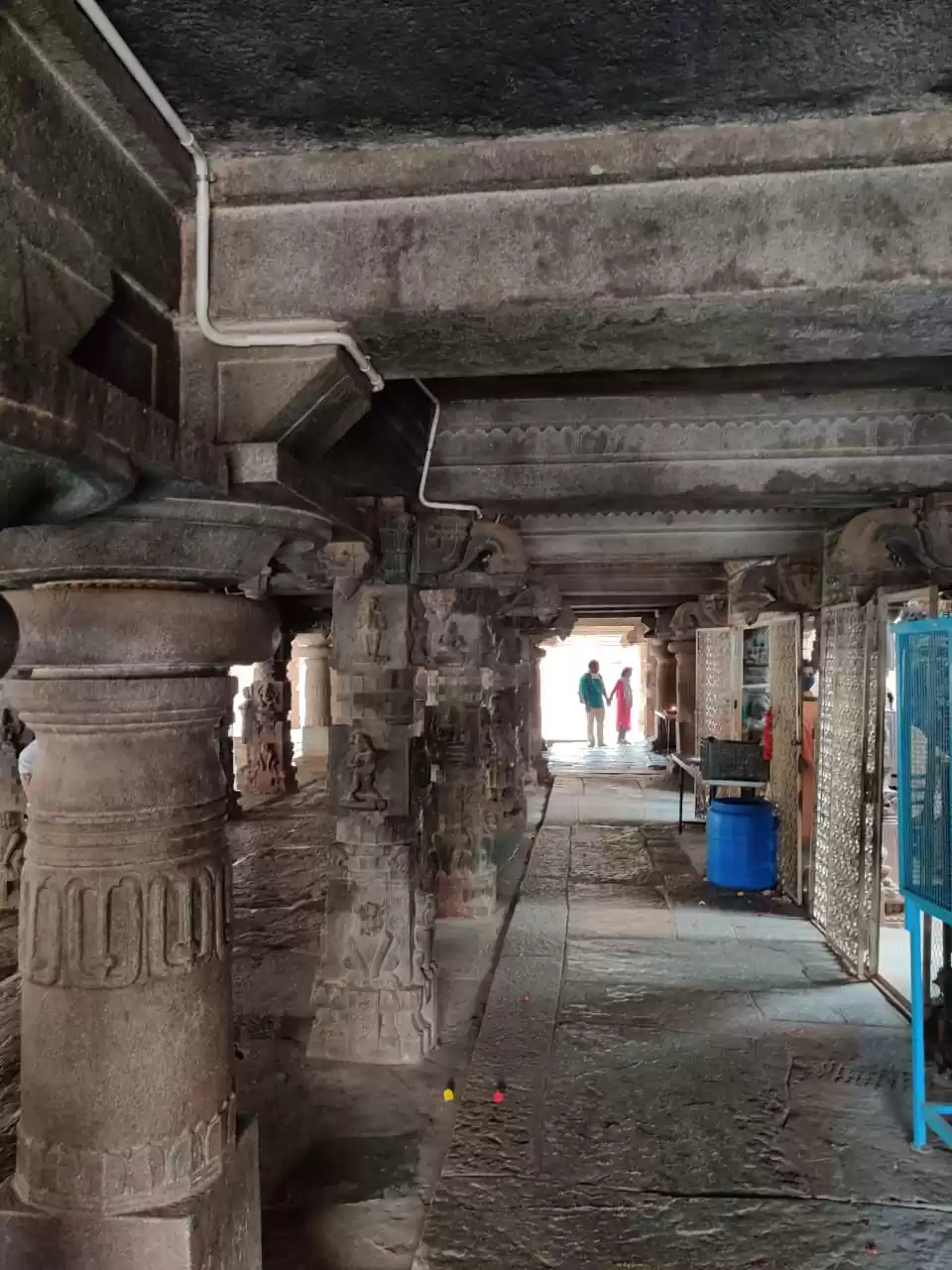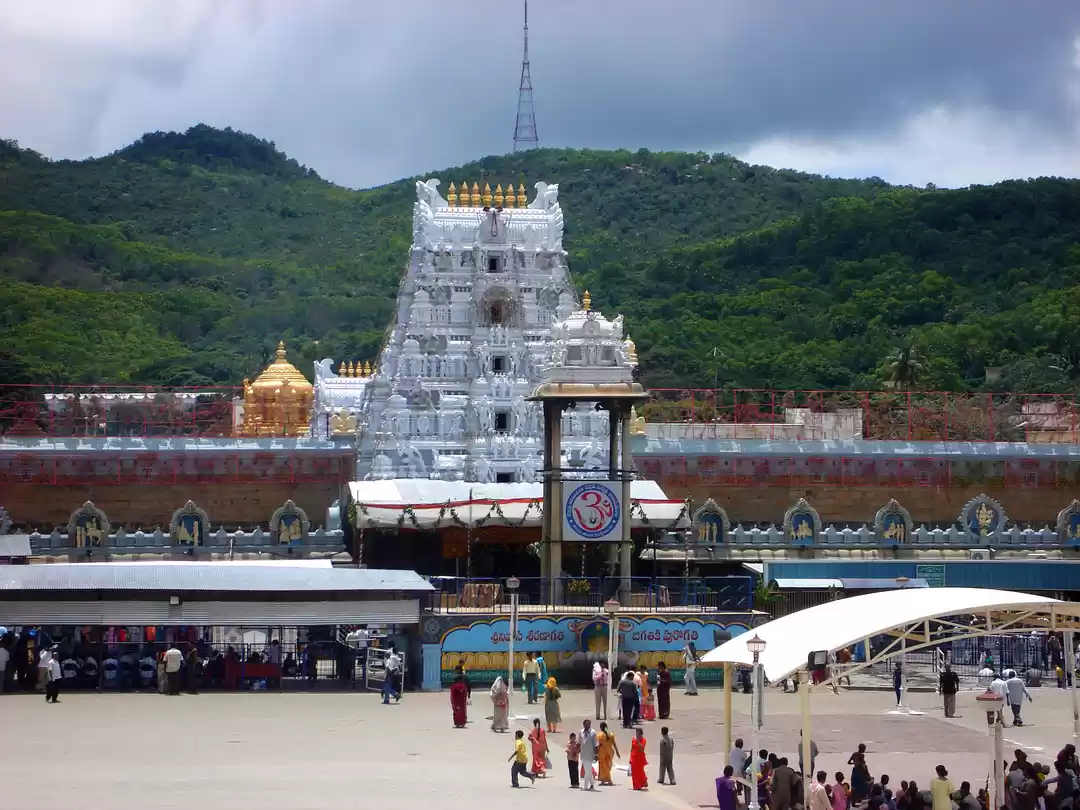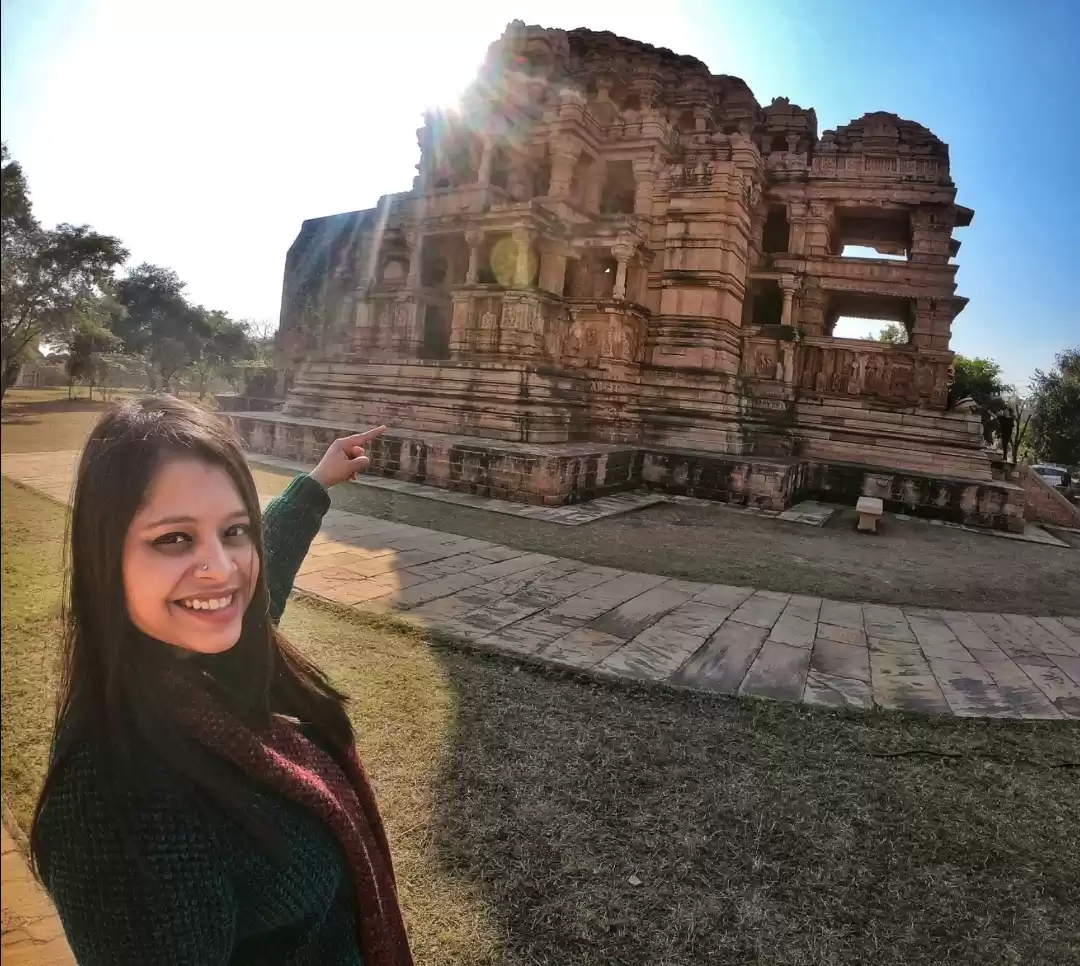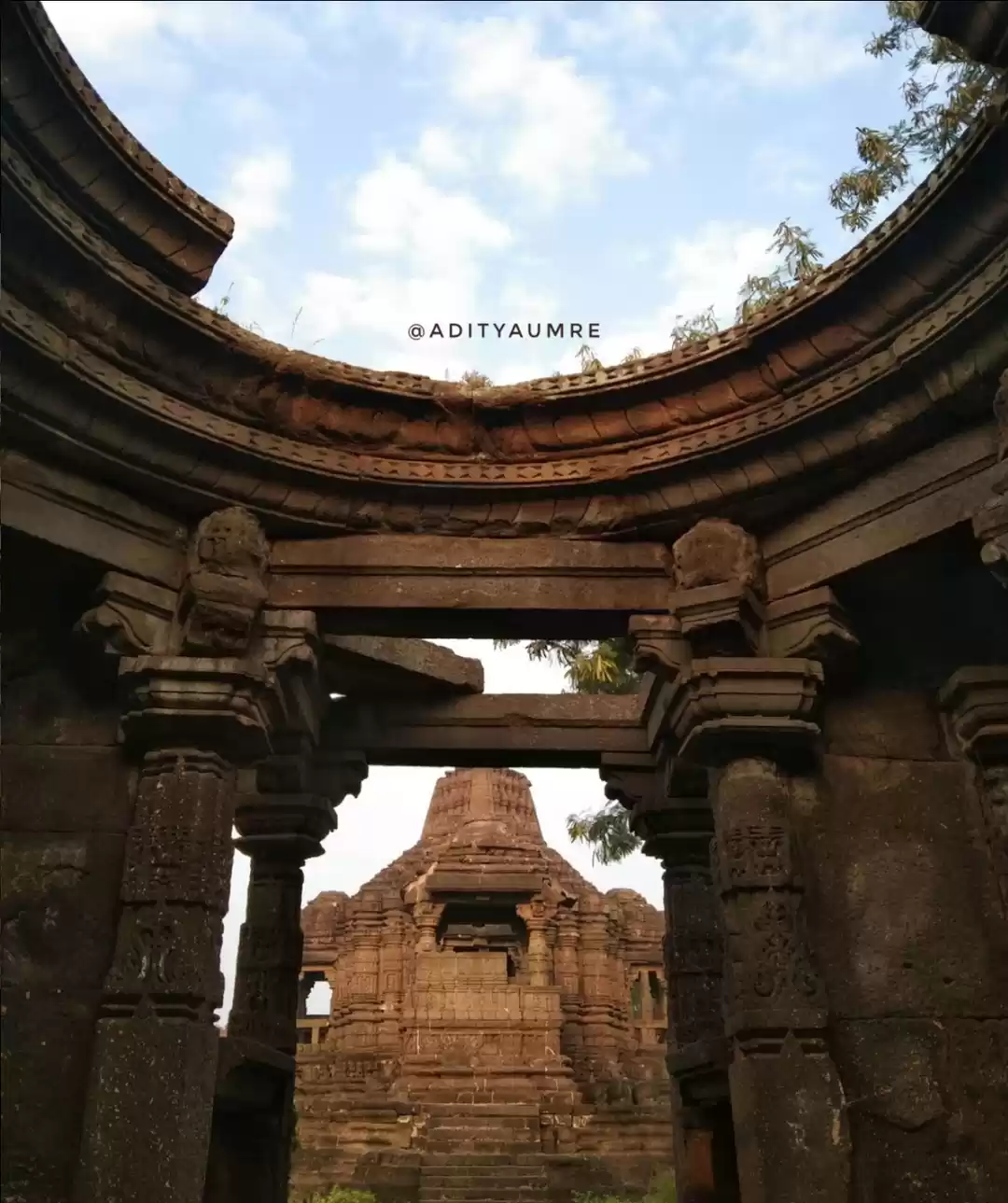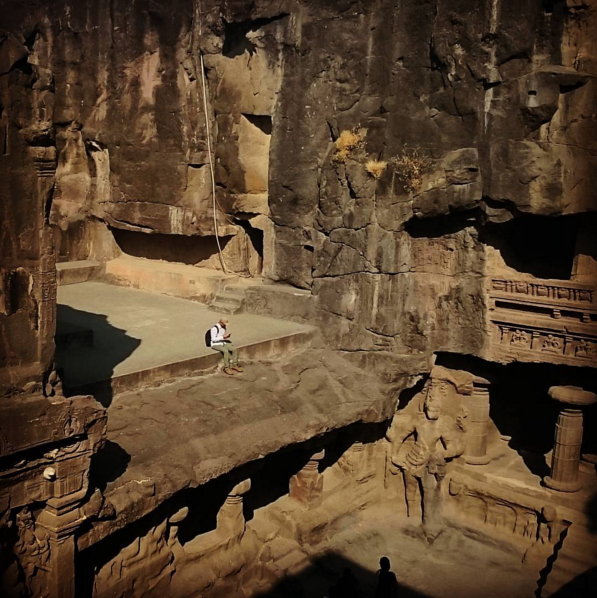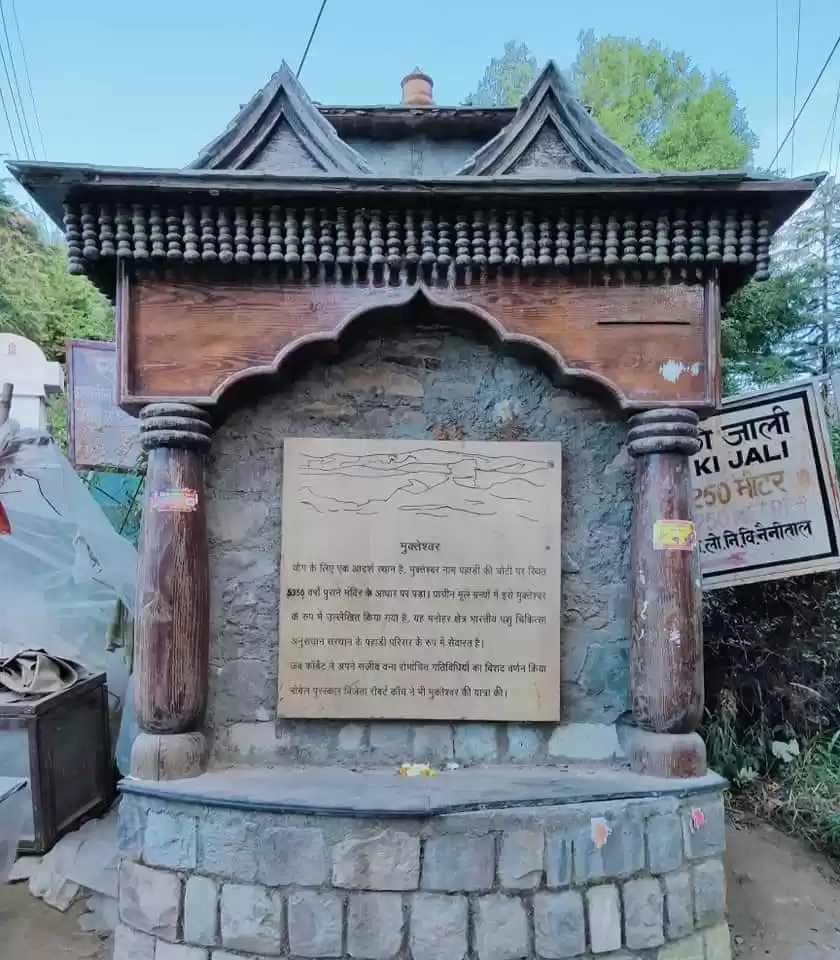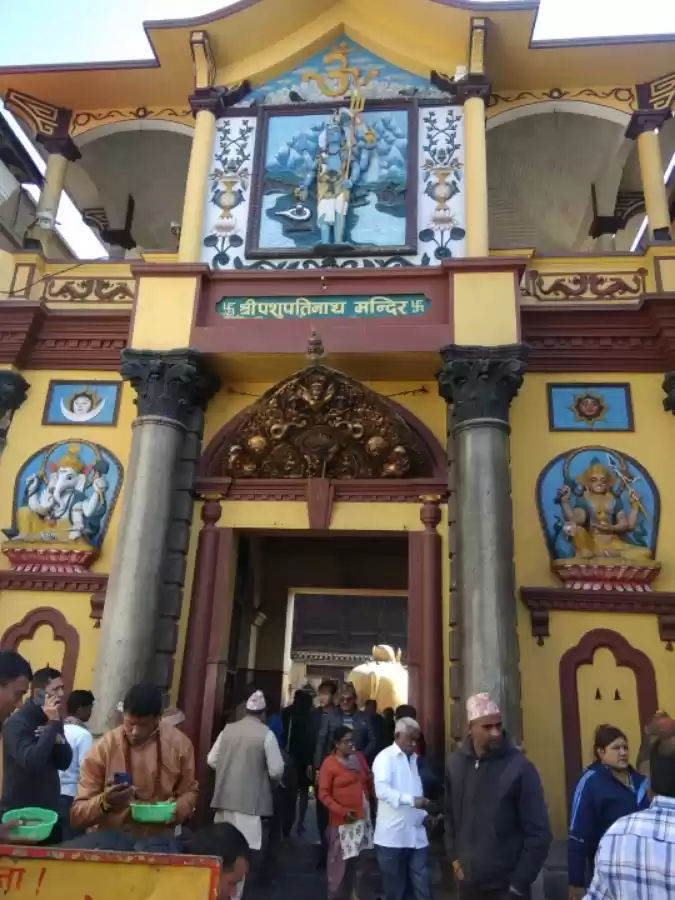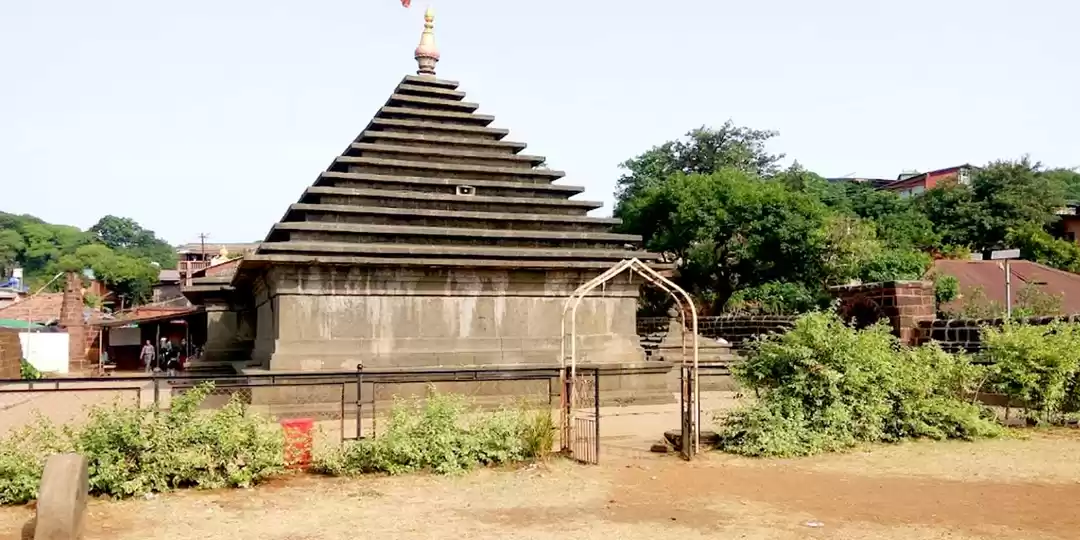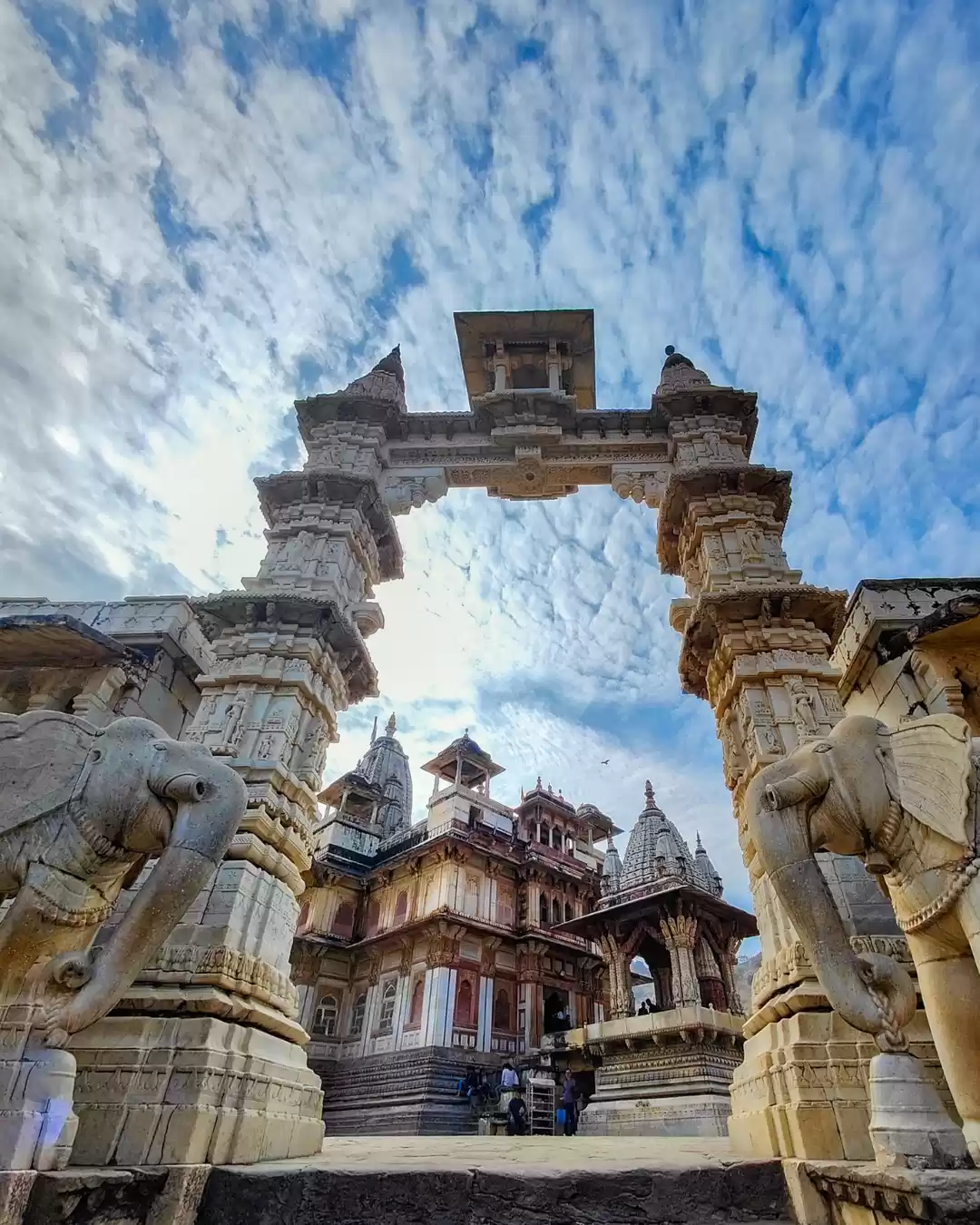If you are looking for a spiritual and cultural experience in Tamil Nadu, you should not miss the Kailasanathar Temple in Kanchipuram, one of the oldest and most magnificent Shiva temples in the state. Built by the Pallava dynasty in the 8th century CE, the temple is a masterpiece of Dravidian architecture, with exquisite carvings, sculptures, murals, and inscriptions that showcase the glory and craftsmanship of the ancient era.
The temple is also one of the 108 Divya Desams, the holy abodes of Vishnu, and one of the 275 Paadal Petra Sthalams, the sacred shrines of Shiva, making it a highly revered and auspicious place for Hindus. In this article, we will explore the history, significance, and beauty of the Kailasanathar Temple, and help you plan your visit to this amazing destination.
History and Significance of the Temple
The Kailasanathar Temple was built by the Pallava king Rajasimha and his son Mahendra Varma IV in the 8th century CE, during the peak of the Pallava rule in South India. The temple is one of the earliest structural temples built by the Pallavas, who are known for their rock-cut caves and monoliths. The temple is dedicated to Shiva, who is worshipped here as Kailasanathar, meaning the Lord of Mount Kailash, his abode in the Himalayas. The temple also houses a shrine for Parvati, his consort, who is worshipped here as Periya Nayaki, meaning the Great Goddess.
The temple is considered to be one of the most important and influential monuments of the Pallava period, as it reflects their artistic and architectural excellence, as well as their religious and political aspirations. The temple is adorned with numerous inscriptions and scripts in Sanskrit and Tamil, which provide valuable information about the history, culture, and administration of the Pallava kingdom. The temple is also a treasure trove of mythology, legend, and lore, as it depicts various stories and episodes from the Hindu epics and puranas, such as the Ramayana, the Mahabharata, the Shiva Purana, and the Skanda Purana.
The temple is also a place of great religious and cultural significance, as it hosts various festivals and rituals throughout the year, attracting thousands of devotees and pilgrims. Some of the major festivals celebrated here are Shivaratri, the night of Shiva, Brahmotsavam, the grand festival of the temple, Thirukarthigai, the festival of lights, and Pradosham, the auspicious day of Shiva. The temple is also one of the 108 Divya Desams, the holy abodes of Vishnu, who is worshipped here as Vikrama Chola Perumal, meaning the Lord of the Victorious Chola King. The temple is also one of the 275 Paadal Petra Sthalams, the sacred shrines of Shiva, where the revered Tamil saints, the Nayanars, have sung praises of the Lord in their devotional hymns, the Tevaram.
Architecture and Art of the Temple
The Kailasanathar Temple is a marvel of Dravidian architecture, with a complex and elaborate layout, design, and style. The temple is built on a rectangular plinth, measuring about 78 x 72 meters, and is surrounded by a high compound wall with a gopuram, or a towered gateway, on each side. The main entrance is on the east, facing the rising sun, and leads to a spacious courtyard, where the main shrine of Kailasanathar is located.
The main shrine is a pyramidal structure, rising to a height of about 16 meters, and is supported by 64 pillars, each carved with intricate and exquisite motifs. The main shrine houses a Shiva lingam, or a phallic symbol of Shiva, made of black granite, and resting on a pedestal with a lotus motif. The main shrine also has a mandapa, or a hall, where the daily worship and rituals are performed.

The temple is also a masterpiece of sculpture and carving, with hundreds of images and figures of gods, goddesses, animals, birds, and humans, depicting various aspects of Hindu mythology and culture. Some of the notable sculptures and carvings in the temple are:
The dwarapalakas, or the door guardians, who stand on either side of the entrance to the main shrine, holding weapons and shields, and displaying fierce and majestic expressions.
The lions, or the vyalas, who are carved on the base of the pillars, and symbolize strength and courage. Some of the lions are shown with riders, such as Shiva, Parvati, Vishnu, Lakshmi, and others, representing their respective mounts, or vahanas.
The Nataraja, or the cosmic dancer, who is carved on the south wall of the main shrine, and represents Shiva’s dance of creation, preservation, and destruction. The Nataraja is shown with four arms, holding a drum, a fire, a mudra, and a snake, and standing on a dwarf, who symbolizes ignorance.
The Somaskanda, or the family of Shiva, who is carved on the west wall of the main shrine, and represents Shiva’s aspect as a householder. The Somaskanda is shown with Parvati on his left, and Skanda, his son, on his lap, and is flanked by two attendants, Nandi, his bull, and Bhringi, his devotee.
The Durga, or the warrior goddess, who is carved on the north wall of the main shrine, and represents Parvati’s aspect as a fierce and powerful protector. The Durga is shown with eight arms, holding various weapons and symbols, and riding on a lion, or a tiger, and slaying a demon, or a buffalo.
The temple is also a wonder of mural art, with colorful and vibrant paintings and frescoes, covering the walls and ceilings of the temple. The mural art works depict various themes and scenes from the Hindu epics and puranas, such as the Ramayana, the Mahabharata, the Shiva Purana, and the Skanda Purana. Some of the notable mural art works in the temple are:
The Ravana lifting Kailash, which is painted on the ceiling of the main shrine, and shows the demon king Ravana trying to lift Mount Kailash, the abode of Shiva, with his ten heads and twenty arms, and Shiva pressing down the mountain with his toe, to humble him.
The Tripurantaka, which is painted on the south wall of the main shrine, and shows Shiva as the destroyer of the three cities, or the Tripura, of the demons, who had become arrogant and oppressive. Shiva is shown with ten arms, holding various weapons and symbols, and riding on a chariot, driven by Brahma, the creator, and shooting an arrow, made of Vishnu, the preserver, to annihilate the Tripura.
The Ardhanarishvara, which is painted on the north wall of the main shrine, and shows Shiva as the half-man and half-woman, or the Ardhanarishvara, who represents the union and harmony of the masculine and feminine principles of the universe. Shiva is shown with two arms and two legs, divided vertically into male and female halves, with Parvati as his left half, and holding various attributes and ornaments.
Timings and Entry Fee of the Temple
The Kailasanathar Temple is open for visitors and devotees from 6:00 AM to 12:00 PM and from 4:00 PM to 8:00 PM every day. The temple does not charge any entry fee, but donations are welcome and appreciated.
The temple also offers various services and facilities, such as prasadam, or sacred food, archana, or special worship, abhishekam, or ritual bathing, pooja, or ritual offering, and darshan, or divine sight, for a nominal fee.
The time required and the best time to visit the temple depend on your interest and preference, but generally, you can spend about one to two hours exploring and admiring the temple, its architecture, its art, and its atmosphere. The best time to visit the temple is during the early morning or the evening, when the temple is less crowded and more serene, and when you can witness the aarti.
The aarti, or the ritual waving of lamps, which is a sight to behold. The best time to visit the temple is also during the festivals, such as Shivaratri, Brahmotsavam, Thirukarthigai, and Pradosham, when the temple is decorated and illuminated, and when you can witness the processions, performances, and celebrations of the temple and the devotees.

How to Reach and Where to Stay Near the Temple
The Kailasanathar Temple is located in the heart of Kanchipuram, one of the oldest and most sacred cities in Tamil Nadu, and also known as the City of Thousand Temples. The temple is easily accessible by various modes of transportation, such as bus, train, car, or auto-rickshaw.
The nearest airport is the Chennai International Airport, which is about 75 km away from the temple. The nearest railway station is the Kanchipuram Railway Station, which is about 3 km away from the temple.
The nearest bus stand is the Kanchipuram Bus Stand, which is about 2 km away from the temple. You can also hire a car or an auto-rickshaw from any of these points to reach the temple.
If you are planning to stay near the temple, you have plenty of options to choose from, ranging from budget to luxury. Some of the top hotel collections near the temple are:
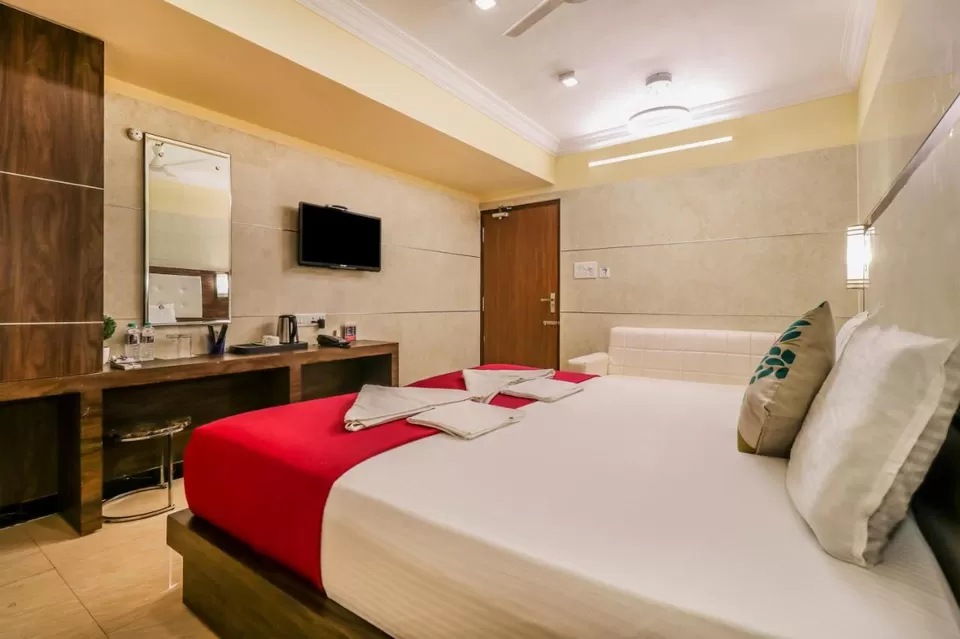
Budget Hotels:
These are the hotels that offer basic amenities and services, such as AC, TV, Wi-Fi, attached bathroom, 24-hour front desk, etc., at affordable rates, starting from INR 500 per night. Some of the budget hotels near the temple are:
Hotel Jaybala International: This hotel is located at a distance of 1.5 km from the temple, and offers clean and comfortable rooms, friendly staff, and free parking.
Hotel SSK Grand: This hotel is located at a distance of 2 km from the temple, and offers spacious and well-furnished rooms, restaurant, and laundry service.
Hotel Pine Tree: This hotel is located at a distance of 2.5 km from the temple, and offers modern and cozy rooms, complimentary breakfast, and travel desk.
Mid-range Hotels:
These are the hotels that offer more amenities and services, such as AC, TV, Wi-Fi, attached bathroom, 24-hour front desk, restaurant, bar, gym, spa, swimming pool, etc., at moderate rates, starting from INR 1500 per night. Some of the mid-range hotels near the temple are:

Regency Kanchipuram by GRT Hotels: This hotel is located at a distance of 3 km from the temple, and offers elegant and luxurious rooms, multi-cuisine restaurant, bar, gym, spa, and banquet hall.
MM Hotels: This hotel is located at a distance of 3.5 km from the temple, and offers stylish and spacious rooms, vegetarian restaurant, coffee shop, and conference hall.
Hotel Milestonnez: This hotel is located at a distance of 4 km from the temple, and offers contemporary and comfortable rooms, non-vegetarian restaurant, bar, and lounge.
Luxury Hotels:
These are the hotels that offer the best amenities and services, such as AC, TV, Wi-Fi, attached bathroom, 24-hour front desk, restaurant, bar, gym, spa, swimming pool, business center, concierge, etc., at premium rates, starting from INR 3000 per night. Some of the luxury hotels near the temple are:

Taj Coromandel: This hotel is located at a distance of 70 km from the temple, and offers opulent and lavish rooms, multi-cuisine restaurant, bar, gym, spa, swimming pool, and business center.
Sheraton Grand Chennai Resort & Spa: This hotel is located at a distance of 80 km from the temple, and offers extravagant and exquisite rooms, multi-cuisine restaurant, bar, gym, spa, swimming pool, and concierge.
ITC Grand Chola: This hotel is located at a distance of 85 km from the temple, and offers grand and majestic rooms, multi-cuisine restaurant, bar, gym, spa, swimming pool, and business center.
The Kailasanathar Temple is a must-visit destination for anyone who wants to experience the rich and diverse heritage of Tamil Nadu, and witness the splendor and magnificence of the Pallava architecture, sculpture, and art. The temple is not only a place of worship, but also a place of learning, as it reveals the history, culture, and mythology of the ancient era. The temple is also a place of joy, as it celebrates various festivals and events throughout the year, and welcomes visitors and devotees with open arms.
If you are looking for a spiritual and cultural adventure in Tamil Nadu, you should definitely visit the Kailasanathar Temple in Kanchipuram, and discover its beauty and charm for yourself.
Follow us on social media, and share your feedback and experiences with us. Thank you for reading this article, and we hope to see you soon at the Kailasanathar Temple.

















